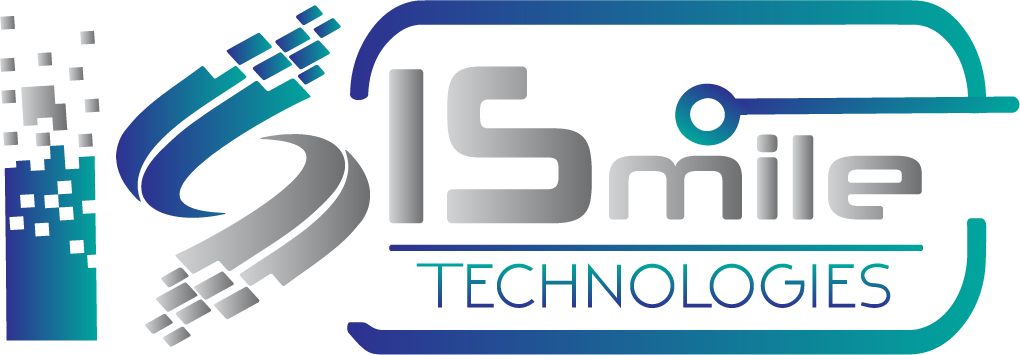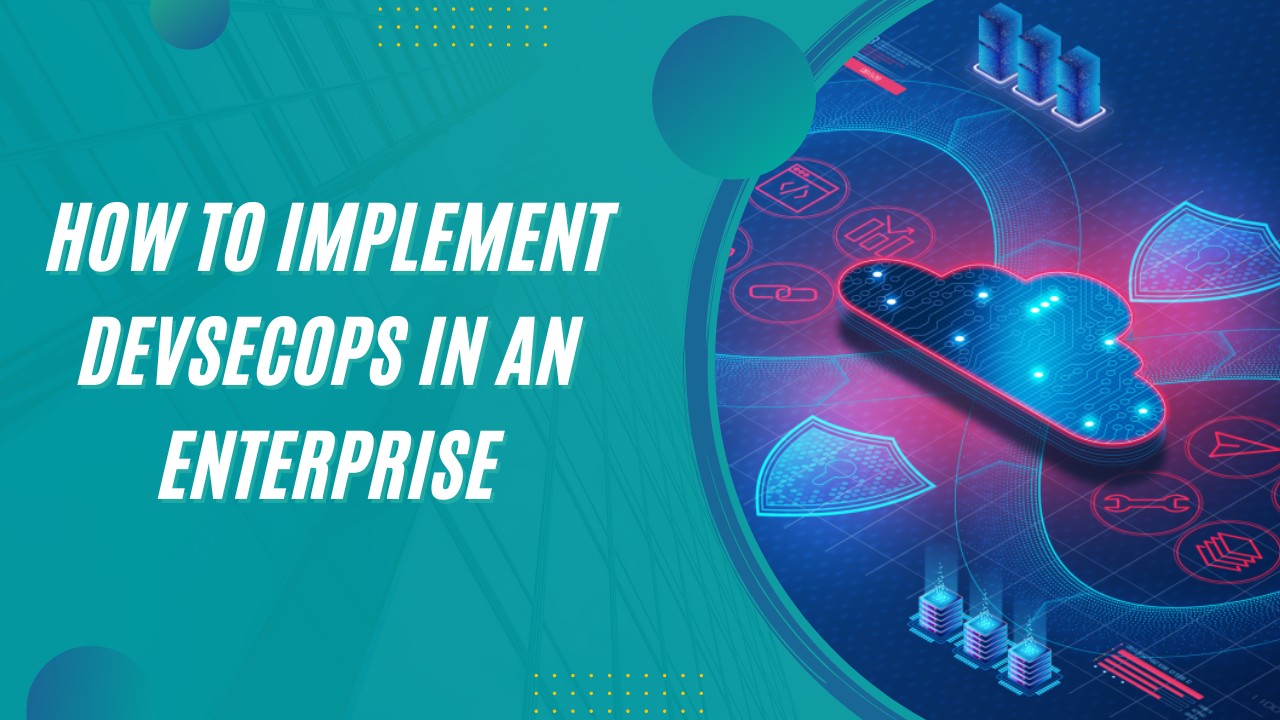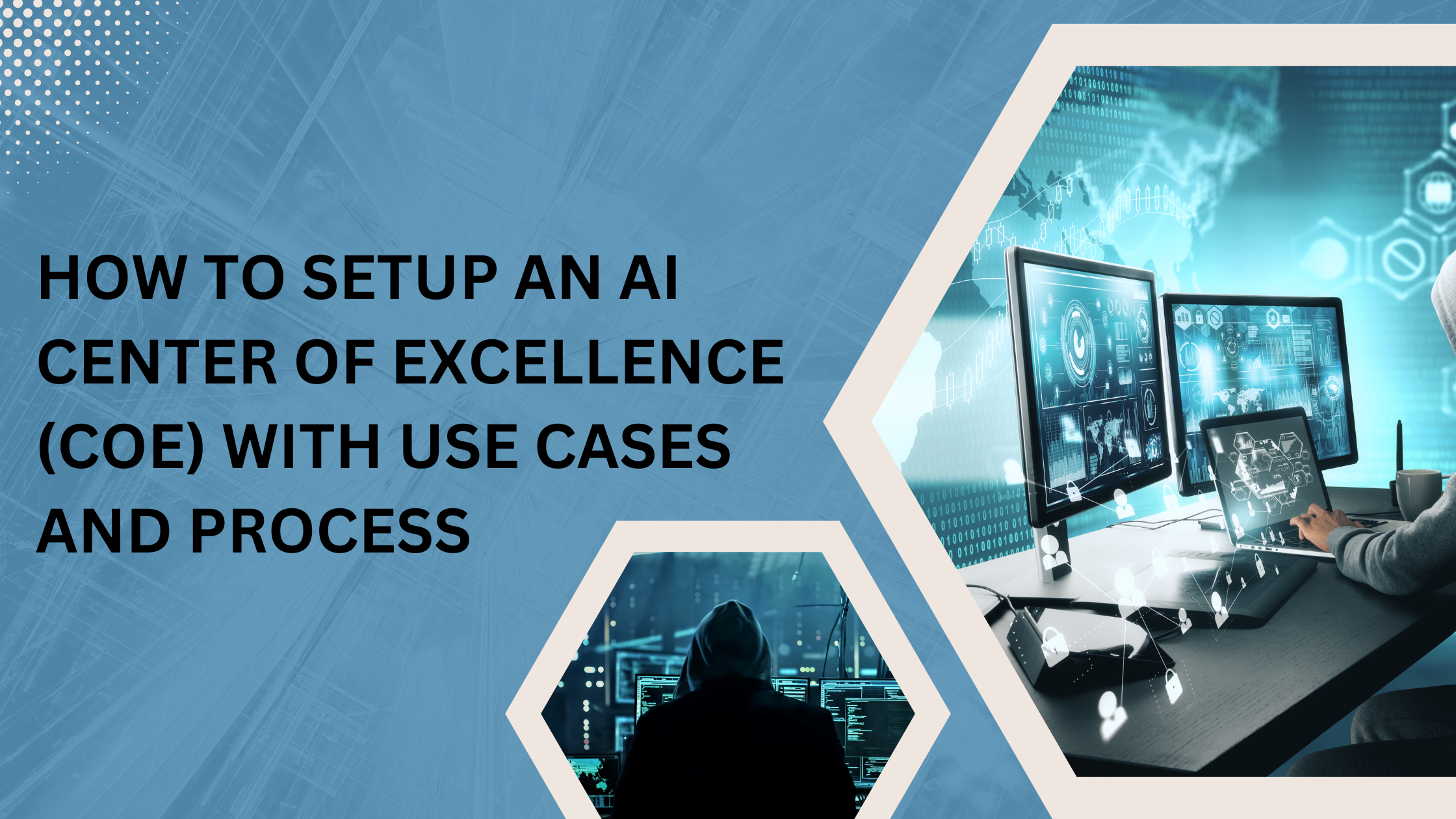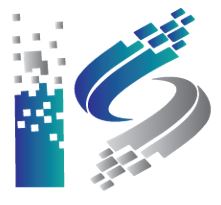Many long-established organizations pride themselves on adopting DevOps for their application delivery department & rolling out app features at a fast pace for the customers across the globe. However, they need to improve security landscape for applications & applications infrastructure. In many cases, the traditional method of high-level security & testing has failed to yield desired results. This scenarios is common in a lot of organizations. Given the scope & speed of security structure required in the application landscape, organizations want a framework that can help DevOps team to better collaborate to drive DevSecOps shifts. In this post, we will cover how security leaders can integrate DevSecOps in the enterprise.
Planning and Development
Planning is the 1st stage of all this. It’s important that the implementation plan is strategic and succinct for successful implementation. Here we need to understand that mere feature-based descriptions won’t help. The security professionals will have to establish acceptance test criteria, user designs, and threat models. The next stage is development. And teams can start by evaluating where do they stand in the maturity of their existing practices. It will help if you can gather resources from many sources to give guidance. At this stage, establishing a code review system will also come in handy because it promotes uniformity, which is a facet of DevSecOps.
Building and Testing
Then comes the 2nd stage which is building, where automated build tools do the trick. In these tools, using a build script, the source code and the machine code are combined. Build automation tools give you a number of powerful features. Apart from a big library of plugins, they also have multiple available UIs. There are some tools which can automatically detect any vulnerable libraries and replace them with new libraries. Then comes the testing stage. Here a robust automated testing framework includes a strong testing practices into the pipeline.
Ready to automate dev & ops to shorten the SDLC?
Talk to our experts today & see how they can help to fulfill your business objectives.
Deployment and Operation
IaC tools are usually used to carry out the deployment, as these tools automate the entire process and accelerate the pace at which the software is delivered. Another important step is operation. And the regular function of operations teams include periodic maintenance. Zero-day exploits are terrible. Hence the operation teams must keep an eye on them. In order to avoid the human error from coming into the picture, DevSecOps teams make use of IaC tools to secure the organization’s infrastructure efficiently & safely.
Monitoring and Scaling
Monitoring is another important part of the process wherein powerful, continuous monitoring tools are used. They are used to ensure that your security systems are performing as required. Scaling is also important. With the arrival of virtualization, now organizations won’t have to occupy their resources for maintaining large data centers. Instead, in case there is any threat to the system, they can simply scale the IT infrastructure to manage & mitigate the threats.
These are some fundamental steps in any DevSecOps implementation. Keeping in mind the size and complexity of the project, you may need to include some additional steps. Organizations undergoing DevSecOps practise should attend events & conferences around security. Another good approach is to engage with specialized companies like ISmile Technologies. Built with robust security, our DevSecOps managed service has been designed to enable your DevOps teams to redefine their operations to build a secure delivery workflow.










